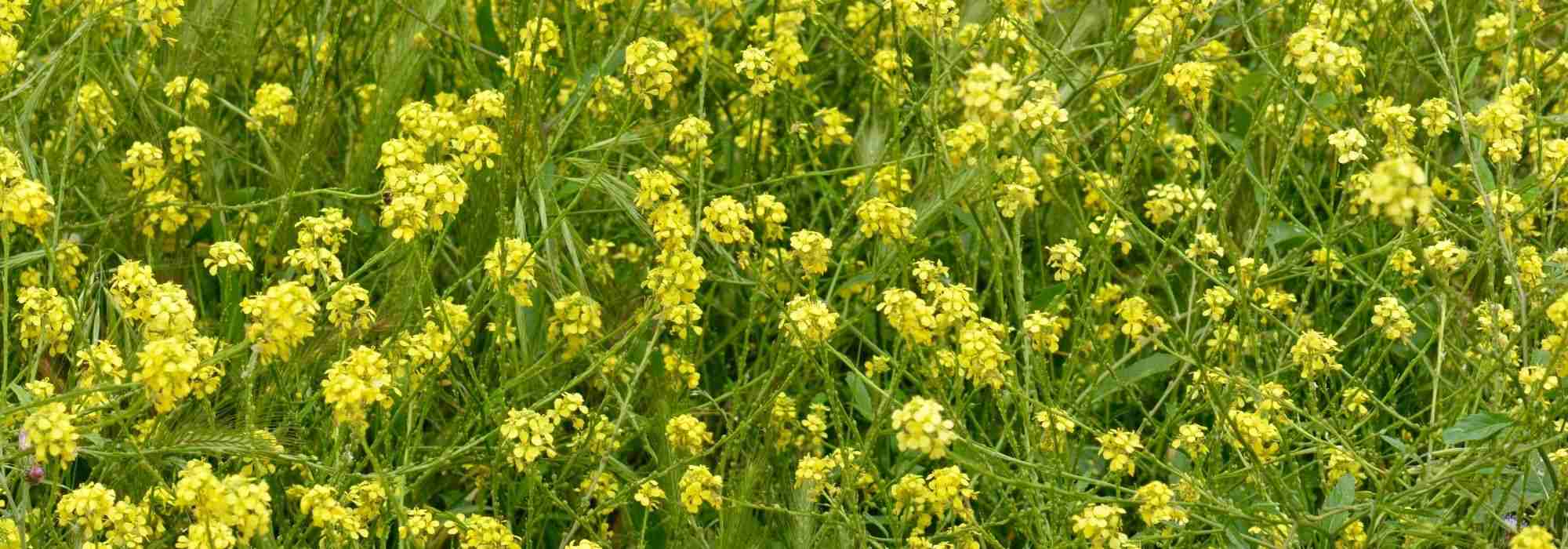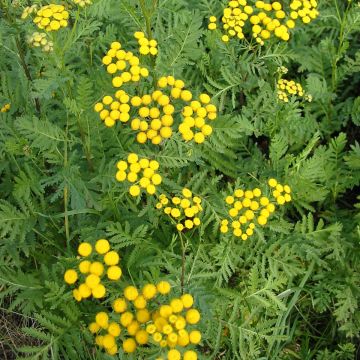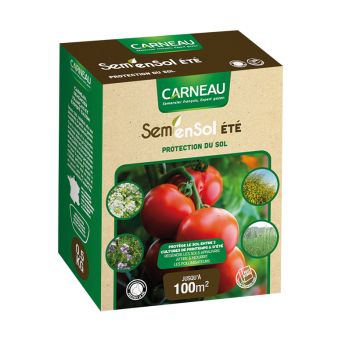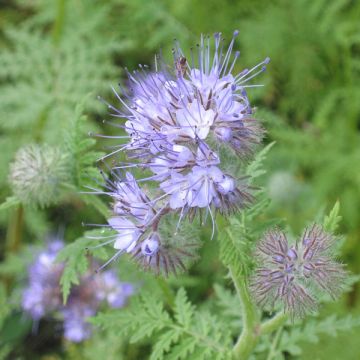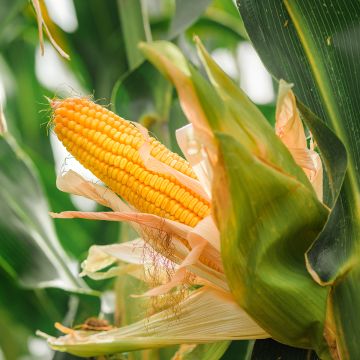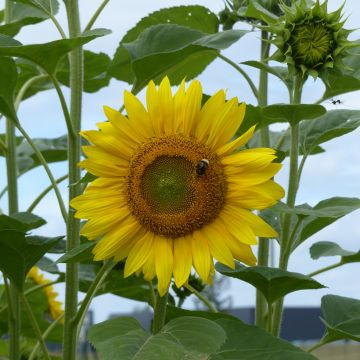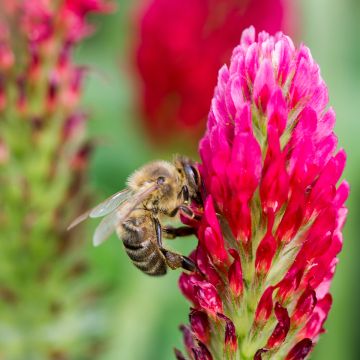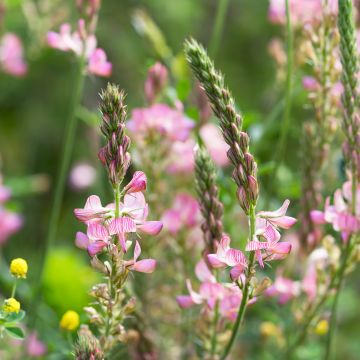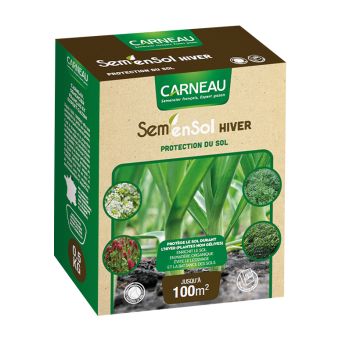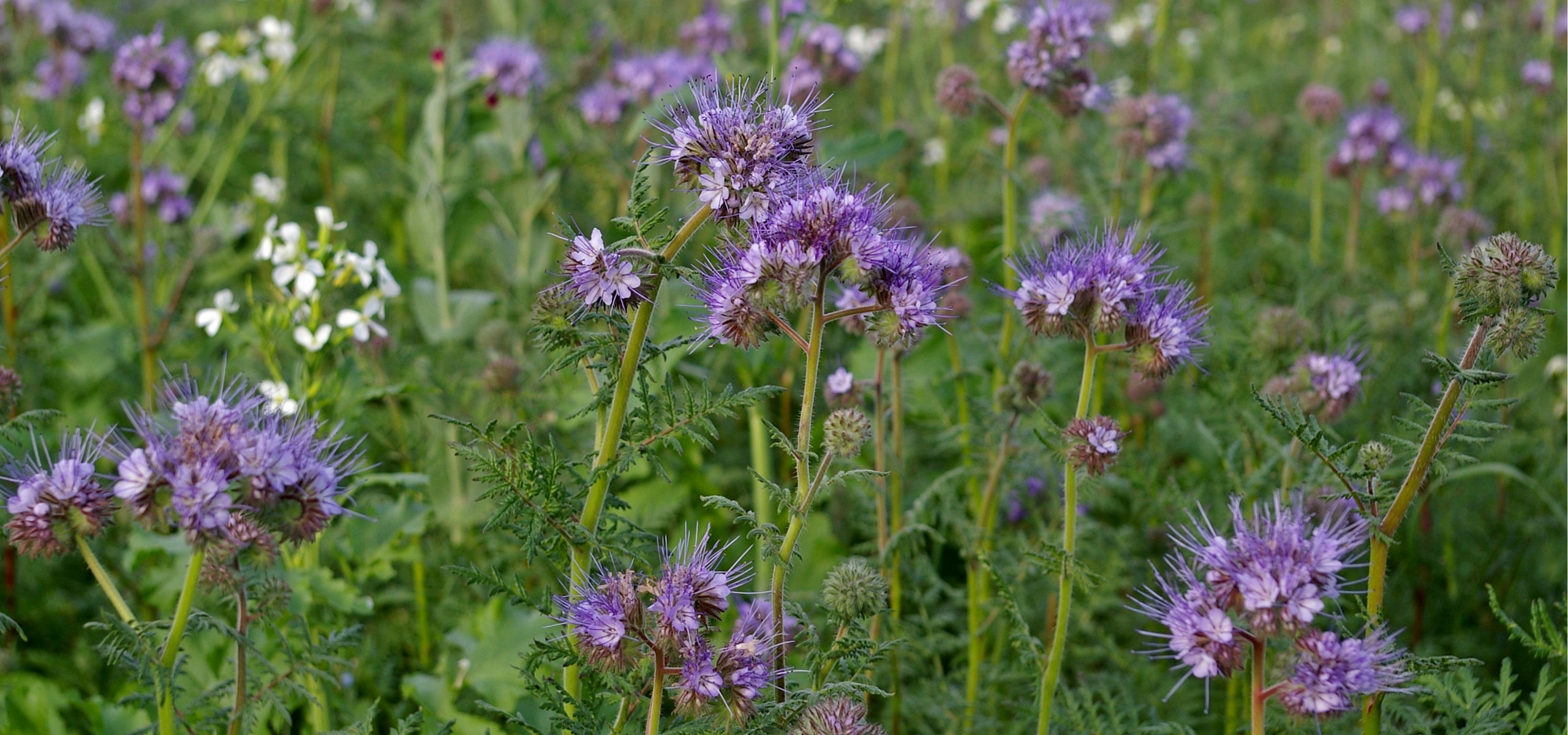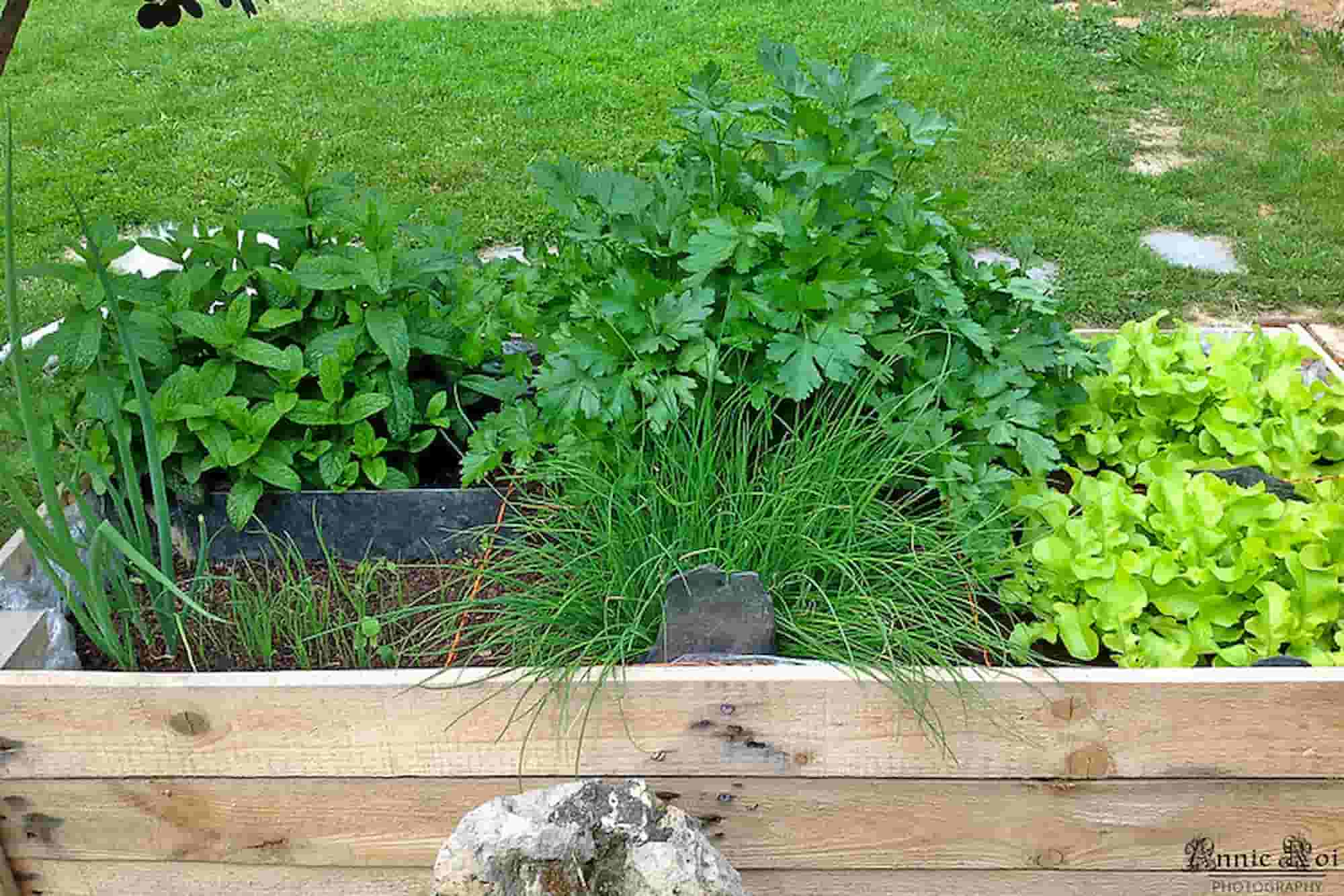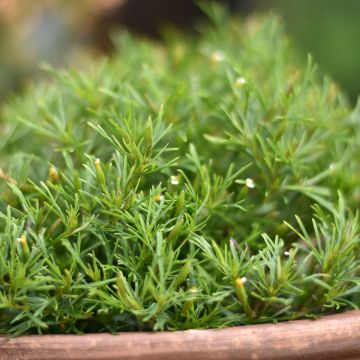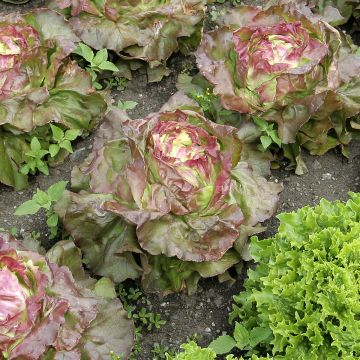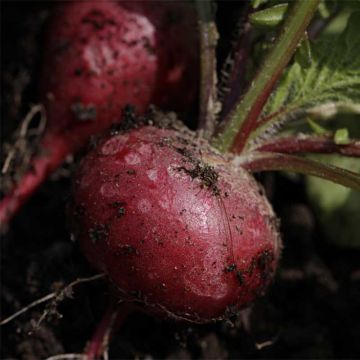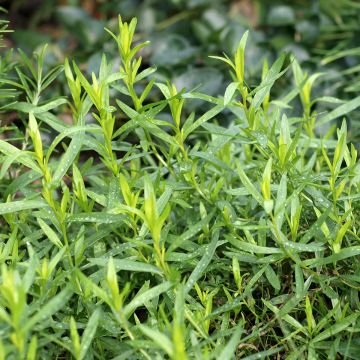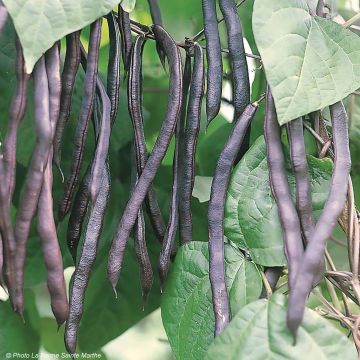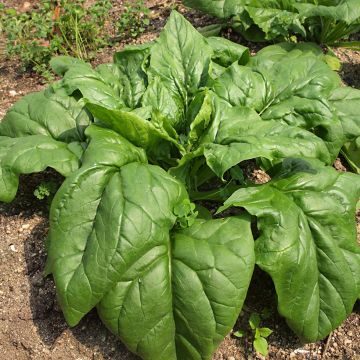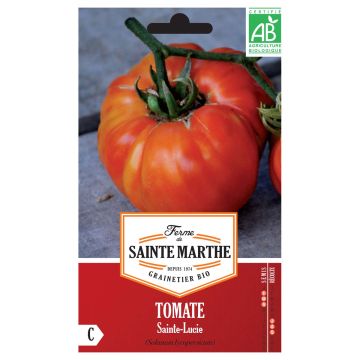

Buckwheat - Green manure
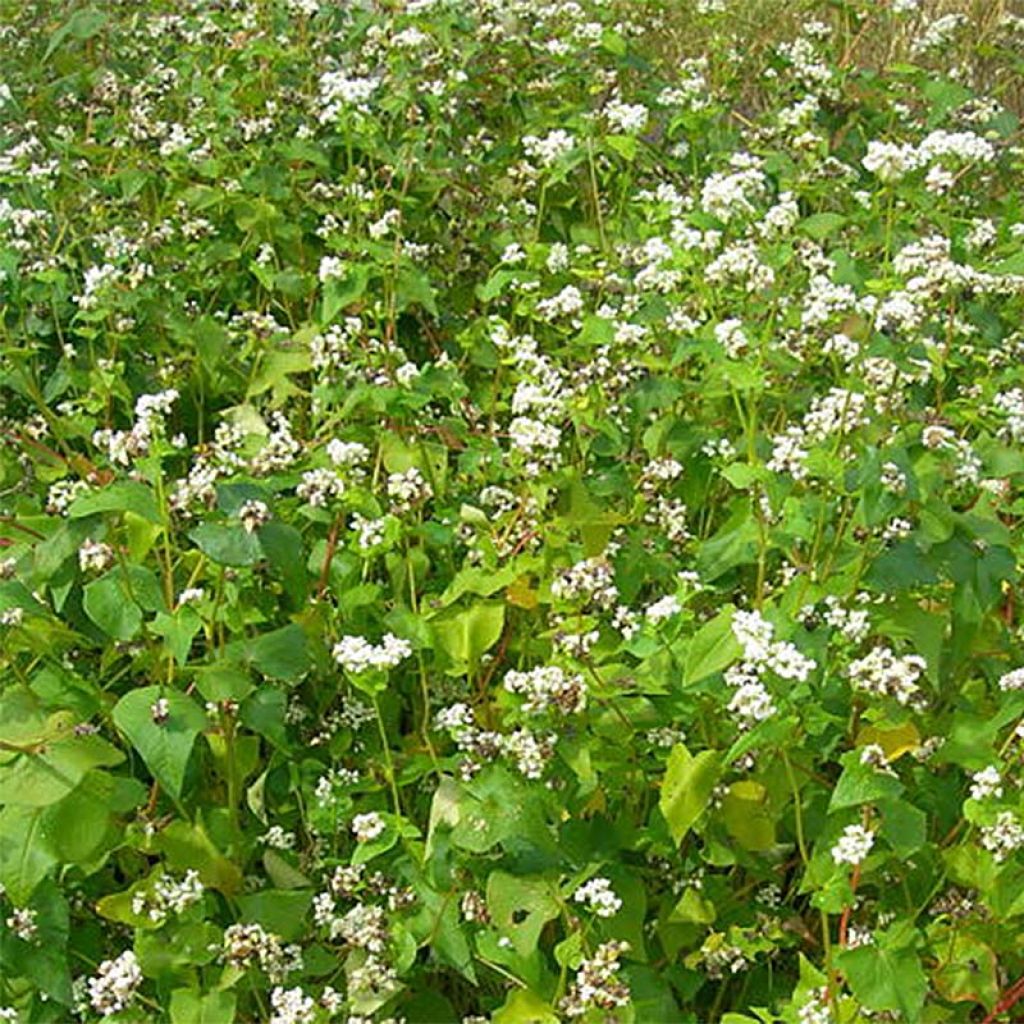

Buckwheat - Green manure
Buckwheat - Green manure
Fagopyrum esculentum
Buckwheat
Top
Marie T., 16/03/2023
Special offer!
Receive a €20 voucher for any order over €90 (excluding delivery costs, credit notes, and plastic-free options)!
1- Add your favorite plants to your cart.
2- Once you have reached €90, confirm your order (you can even choose the delivery date!).
3- As soon as your order is shipped, you will receive an email containing your voucher code, valid for 3 months (90 days).
Your voucher is unique and can only be used once, for any order with a minimum value of €20, excluding delivery costs.
Can be combined with other current offers, non-divisible and non-refundable.
Home or relay delivery (depending on size and destination)
Schedule delivery date,
and select date in basket
This plant carries a 6 months recovery warranty
More information
We guarantee the quality of our plants for a full growing cycle, and will replace at our expense any plant that fails to recover under normal climatic and planting conditions.

Description
The Buckwheat, in Latin Fagopyrum esculentum, commonly known as Black Wheat, is an annual plant known as a 'cleansing' plant that is used as a green manure to improve the soil in the vegetable garden, between two crops. It is known to attract beneficial insects, limit the growth of unwanted weeds, contribute to soil loosening while combating soil leaching or the phenomenon of compaction linked to rain. Buckwheat is sown in spring after frost, until August. It is mowed from April to July or from August to October, and the waste is buried from May to August or in October-November.
Buckwheat belongs to the family Polygonaceae and not to the wheat family (Triticum) despite its name of black wheat. It is used as a green manure, particularly for its 'cleansing' properties with regards to unwanted weeds and its strong covering power. Buckwheat develops upright stems of 30 to 70 cm (27.6 in) in height, with a purple color. The leaves are heart-shaped while the small flowers, white-pink in color, are clustered tightly. Buckwheat is sensitive to frost. It thrives in all types of soils, including poor soils.
Widely used in organically cultivated gardens, green manures like buckwheat have many advantages. They nourish and cleanse the soil by providing it with various nutrients and stimulating the soil's microbial life. Their very dense roots will loosen, break up and aerate the soil. Additionally, the presence of a vegetation cover protects the soil from leaching (nutrient loss in sandy soil), rain compaction (formation of a crust in loamy soil), and erosion (caused by runoff in case of heavy rain combined with a sloping terrain). This vegetation cover also helps to limit weed growth by preventing the germination and development of unwanted weeds. Finally, green manures are often nectar-producing and attract pollinators.
Green manures are sown on uncultivated plots or on intercalary plots, between vegetable rows. They are destroyed either naturally by frost, or by mowing before seed formation. Once destroyed, they can be left in place as mulch, or be crushed and incorporated into the surface layers of the soil, or be collected and added to compost.
Harvest
Plant habit
Foliage
Botanical data
Fagopyrum
esculentum
Polygonaceae
Buckwheat
Cultivar or hybrid
Annual
Other Green fertilisers
View all →Planting and care
Sowing takes place from April (after frosts) to August. Buckwheat thrives in all types of soil, including poor soils, with a preference for acidic and clayey soils.
Sow by broadcasting on a weeded and surface-scratched soil, cover the seeds with soil by raking. Firm the soil with the back of the rake and water lightly.
Buckwheat does not require any particular maintenance during cultivation. Only water during very dry weather.
Seedlings
Care
Intended location
Planting & care advice
-
, onOrder confirmed
Reply from on Promesse de fleurs
Similar products
Haven't found what you were looking for?
Hardiness is the lowest winter temperature a plant can endure without suffering serious damage or even dying. However, hardiness is affected by location (a sheltered area, such as a patio), protection (winter cover) and soil type (hardiness is improved by well-drained soil).

Photo Sharing Terms & Conditions
In order to encourage gardeners to interact and share their experiences, Promesse de fleurs offers various media enabling content to be uploaded onto its Site - in particular via the ‘Photo sharing’ module.
The User agrees to refrain from:
- Posting any content that is illegal, prejudicial, insulting, racist, inciteful to hatred, revisionist, contrary to public decency, that infringes on privacy or on the privacy rights of third parties, in particular the publicity rights of persons and goods, intellectual property rights, or the right to privacy.
- Submitting content on behalf of a third party;
- Impersonate the identity of a third party and/or publish any personal information about a third party;
In general, the User undertakes to refrain from any unethical behaviour.
All Content (in particular text, comments, files, images, photos, videos, creative works, etc.), which may be subject to property or intellectual property rights, image or other private rights, shall remain the property of the User, subject to the limited rights granted by the terms of the licence granted by Promesse de fleurs as stated below. Users are at liberty to publish or not to publish such Content on the Site, notably via the ‘Photo Sharing’ facility, and accept that this Content shall be made public and freely accessible, notably on the Internet.
Users further acknowledge, undertake to have ,and guarantee that they hold all necessary rights and permissions to publish such material on the Site, in particular with regard to the legislation in force pertaining to any privacy, property, intellectual property, image, or contractual rights, or rights of any other nature. By publishing such Content on the Site, Users acknowledge accepting full liability as publishers of the Content within the meaning of the law, and grant Promesse de fleurs, free of charge, an inclusive, worldwide licence for the said Content for the entire duration of its publication, including all reproduction, representation, up/downloading, displaying, performing, transmission, and storage rights.
Users also grant permission for their name to be linked to the Content and accept that this link may not always be made available.
By engaging in posting material, Users consent to their Content becoming automatically accessible on the Internet, in particular on other sites and/or blogs and/or web pages of the Promesse de fleurs site, including in particular social pages and the Promesse de fleurs catalogue.
Users may secure the removal of entrusted content free of charge by issuing a simple request via our contact form.
The flowering period indicated on our website applies to countries and regions located in USDA zone 8 (France, the United Kingdom, Ireland, the Netherlands, etc.)
It will vary according to where you live:
- In zones 9 to 10 (Italy, Spain, Greece, etc.), flowering will occur about 2 to 4 weeks earlier.
- In zones 6 to 7 (Germany, Poland, Slovenia, and lower mountainous regions), flowering will be delayed by 2 to 3 weeks.
- In zone 5 (Central Europe, Scandinavia), blooming will be delayed by 3 to 5 weeks.
In temperate climates, pruning of spring-flowering shrubs (forsythia, spireas, etc.) should be done just after flowering.
Pruning of summer-flowering shrubs (Indian Lilac, Perovskia, etc.) can be done in winter or spring.
In cold regions as well as with frost-sensitive plants, avoid pruning too early when severe frosts may still occur.
The planting period indicated on our website applies to countries and regions located in USDA zone 8 (France, United Kingdom, Ireland, Netherlands).
It will vary according to where you live:
- In Mediterranean zones (Marseille, Madrid, Milan, etc.), autumn and winter are the best planting periods.
- In continental zones (Strasbourg, Munich, Vienna, etc.), delay planting by 2 to 3 weeks in spring and bring it forward by 2 to 4 weeks in autumn.
- In mountainous regions (the Alps, Pyrenees, Carpathians, etc.), it is best to plant in late spring (May-June) or late summer (August-September).
The harvesting period indicated on our website applies to countries and regions in USDA zone 8 (France, England, Ireland, the Netherlands).
In colder areas (Scandinavia, Poland, Austria...) fruit and vegetable harvests are likely to be delayed by 3-4 weeks.
In warmer areas (Italy, Spain, Greece, etc.), harvesting will probably take place earlier, depending on weather conditions.
The sowing periods indicated on our website apply to countries and regions within USDA Zone 8 (France, UK, Ireland, Netherlands).
In colder areas (Scandinavia, Poland, Austria...), delay any outdoor sowing by 3-4 weeks, or sow under glass.
In warmer climes (Italy, Spain, Greece, etc.), bring outdoor sowing forward by a few weeks.






























